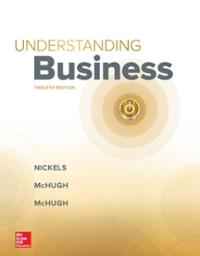Question
Alice and Bob work on a joint project. The project can either be difficult or easy, which Bob observes before making his choice. Alice, however,
Alice and Bob work on a joint project. The project can either be difficult or easy, which Bob observes before making his choice. Alice, however, only knows that the project is difficult with 0.5 probability and is easy with 0.5 probability. Alice and Bob simultaneously decide whether to exert high effort or not. The cost of low effort is zero and the cost of high effort is 1 for each player. The utility of each player depends on whether the project is successful or not: if the project is successful, each player gets a benefit of 2 before subtracting his/her cost of effort. If the project is unsuccessful, each player gets zero before subtracting his/her cost of effort. If the project is difficult, the project is successful if and only if both agents exert high effort (in other words, it is unsuccessful if at least one agent exerts low effort). If the project is easy, the project is successful if at least one agent exerts high effort (in other words, it is unsuccessful if and only if both agents exert low effort).
(a) Model this problem as a Bayesian game. In your answer provide the payoff matrices.
(b) Solve for all Bayesian-Nash equilibria of this game (in pure and mixed strategies).
Step by Step Solution
There are 3 Steps involved in it
Step: 1

Get Instant Access to Expert-Tailored Solutions
See step-by-step solutions with expert insights and AI powered tools for academic success
Step: 2

Step: 3

Ace Your Homework with AI
Get the answers you need in no time with our AI-driven, step-by-step assistance
Get Started


